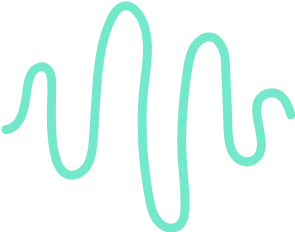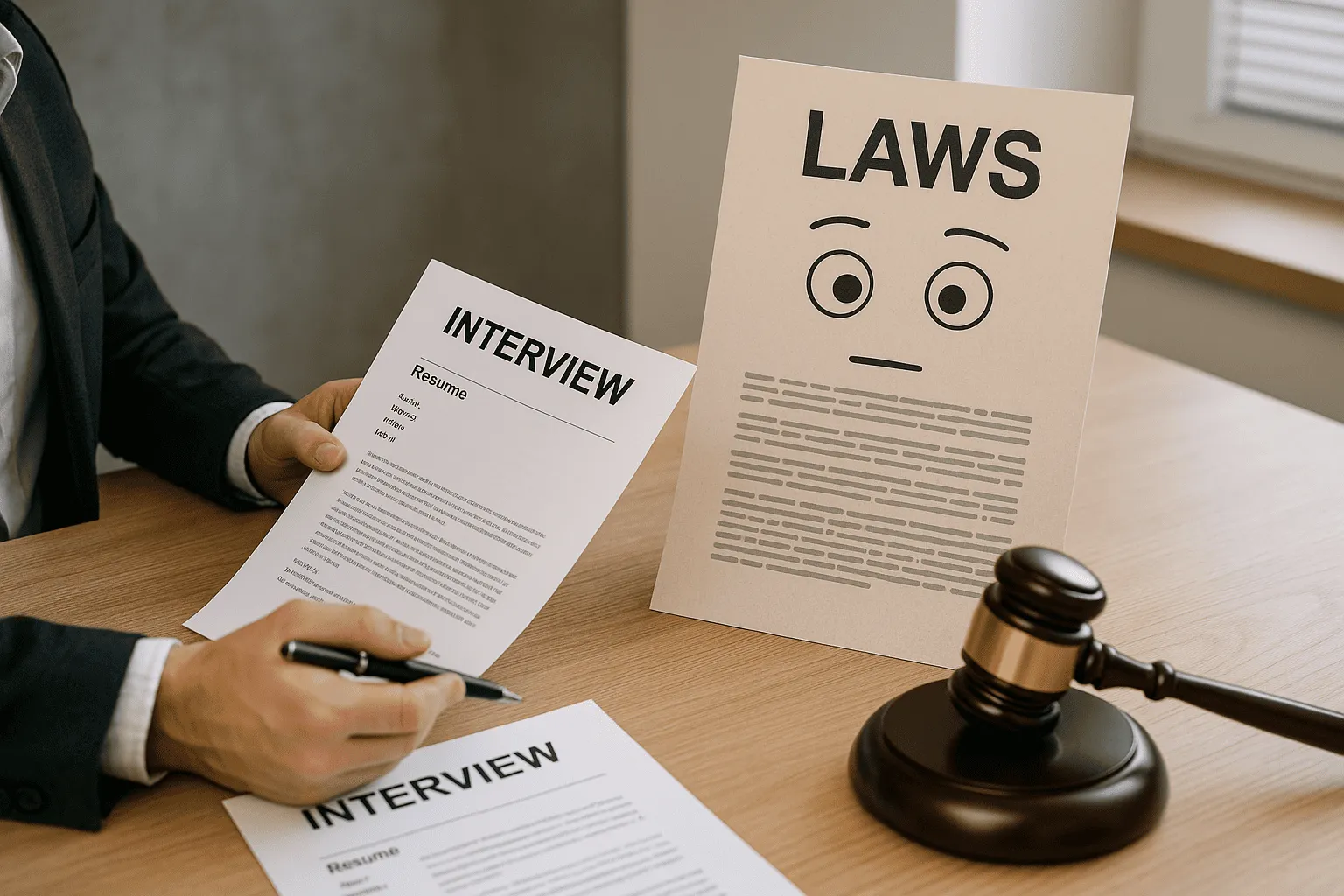How to Start an Interview the Right Way

Interviews are often seen as nerve-wracking for candidates, but what about interviewers?
An interview can be just as challenging for the one leading the conversation.
In this article, you’ll discover practical strategies to make your interviews more productive and engaging from the first minute.
Why Starting an Interview on a Positive Note Matters
Starting an interview on a positive note is critical for setting the right tone and making the candidate feel at ease.
When you begin with a clear and friendly introduction, you :
- Create a welcoming atmosphere that can help reduce any tension the candidate might feel.
- Build a professional rapport right from the beginning.
- Create a space where they can confidently ask questions, which is crucial for both sides to assess fit.
- Leave a good impression that can impact how they talk about your company in the future.
How to Start an Interview the Right Way

Starting an interview the right way goes beyond polite greetings and structured questions. Here are some best practices for effectively starting your interviews:
1. Prioritize Connection Over Formality
While professionalism is essential, overly formal starts can feel cold or scripted. Candidates respond better when you balance professionalism with authenticity. Start with a genuine introduction where you share a bit about yourself, not just your role.
For example, instead of simply saying, “I’m [Your Name], and I’ll be conducting your interview today,” try, “Hi [Candidate’s Name], I’m [Your Name]. I’ve been with [Company] for [X] years, and I’m excited to learn more about your journey today.”
Sharing a personal detail humanizes you and immediately reduces tension.
2. Tailor the Interview Structure to the Candidate
Instead of using the same template for every interview, customize the introduction and flow based on the candidate’s role and experience level.
For instance, a more junior candidate might appreciate a step-by-step breakdown of the interview process, while a senior professional will likely prefer a more flexible, conversational format.
3. Start with Purpose, Not Just Small Talk
While small talk can help ease nerves, it’s more effective to frame your opening around the purpose of the interview. Start by clearly outlining the goals of the conversation.
For example, “Today, I’d love to explore how your skills in [specific area] can contribute to our upcoming projects, and I’ll also provide more insight into how our team operates.”
4. Use an Open-Ended Question to Get Started
To kick off the actual interview, ask a simple but open-ended question. This gets the candidate talking and helps you transition into the main part of the conversation. Some good examples include:
- “Can you walk me through your career path and how you ended up here?”
- “What attracted you to this position at our company?”
These questions encourage the candidate to share relevant information without feeling overwhelmed, and they allow you to gauge how well the candidate articulates their experience
5. Frame the Candidate’s Questions as an Important Part of the Interview
Most candidates are prepared to answer questions, but encouraging them to ask their own questions early on changes the dynamic.
For example, you might say, “I’m going to ask you a few questions to get to know your background, but I’d also love to hear any questions you have throughout our conversation.”
Samples of Good Interview Introductions

Here are sample interview introductions focusing on creating a connection and providing structure :
1. Sample for Junior-Level Candidate
This introduction is clear, friendly, and structured to help a less experienced candidate feel comfortable and confident:
"Hi [Candidate’s Name], thank you for coming in today. I’m [Your Name], and I’ve been working with [Company] for about five years now. Today, we’ll spend about 45 minutes going over your background, your skills, and how they might fit into this role. After that, I’d love to answer any questions you have about the company or the position."
2. Sample for Mid-Level Candidate
For a candidate with more experience, the introduction can be a bit more conversational and focused on specific role requirements:
"Hi [Candidate’s Name], it’s great to meet you. I’ve reviewed your resume, and I’m excited to learn more about your experience as a [specific role]. In today’s interview, I’m really interested in diving into your work on [specific project mentioned in their resume]. We’ll also touch on how your skills could help us meet some of our upcoming challenges."
3. Sample for Senior-Level Candidate
For more senior candidates, a flexible and engaging conversation is key. You want to show respect for their experience and foster a two-way dialogue:
"Hi [Candidate’s Name], thanks for joining us today. I’m [Your Name], and I lead the [specific department] here at [Company]. Since your background is so extensive, I’d like to keep this conversation more flexible and focus on the areas where your experience and our needs intersect. Feel free to ask questions throughout—this will be more of a two-way conversation so we can get a sense of whether this role is the right fit for both of us."
4. Panel Interview Introduction
If you’re conducting a panel interview, it’s important to introduce everyone involved and outline how the interview will proceed:
"Hi [Candidate’s Name], thanks for being here today. I’m [Your Name], and I’m the [your role] at [Company]. Joining me today are [Other Interviewer’s Names and Titles], who will each ask you questions related to their departments. We’re excited to learn more about your experience, especially your work in [specific area]. At the end, we’ll leave time for any questions you have for us."
Focus more on the interview by automating note-taking : Noota

Noota’s AI-powered meeting assistant is designed to streamline your interview process by automating key tasks like note-taking, transcription, and evaluation :
- Automatic Recording & Transcription : Taking notes during an interview can distract you from engaging with the candidate. Noota eliminates this issue by automatically recording and transcribing the conversation in real-time. This allows you to focus entirely on the candidate’s responses without worrying about missing important details.
- Structured Summaries : After the interview, Noota generates structured summaries that condense key points from the conversation. Instead of sorting through long, disorganized notes, you get concise summaries that highlight the most important takeaways.
- Objective Evaluation with STAR Method : Noota goes beyond just recording and transcribing interviews. It also helps you evaluate candidates using structured methods like STAR (Situation, Task, Action, Result). This ensures consistency across all interviews and minimizes subjective biases.
Want to run more efficient, focused interviews ? Try Noota for free.
Leverage your Interview Data
AI interview notes, scorecard, follow-up, ATS integration, and more...
Related articles

Forget note-taking and
try Noota now
FAQ
In the first case, you can directly activate recording as soon as you join a videoconference.
In the second case, you can add a bot to your videoconference, which will record everything.
Noota also enables you to translate your files into over 30 languages.

.svg)
.svg)
.webp)

.png)
.webp)

.svg)
